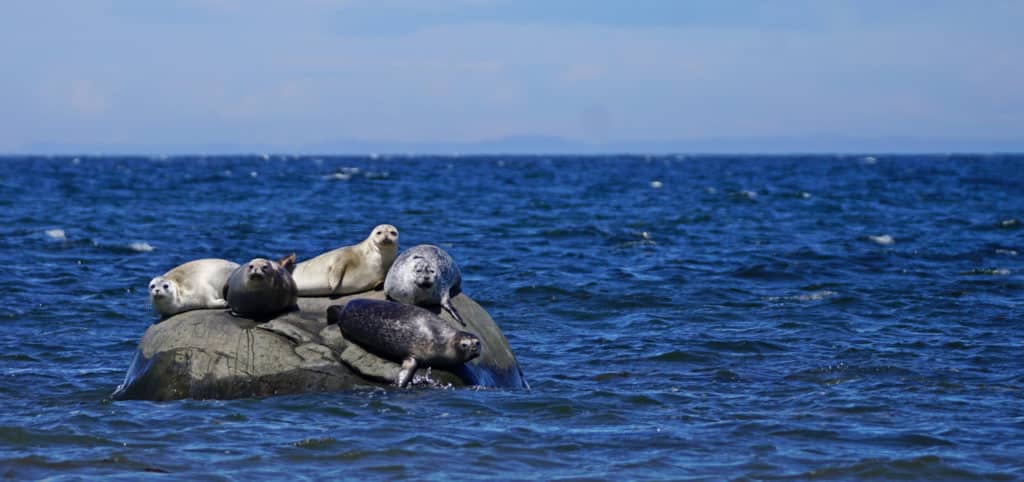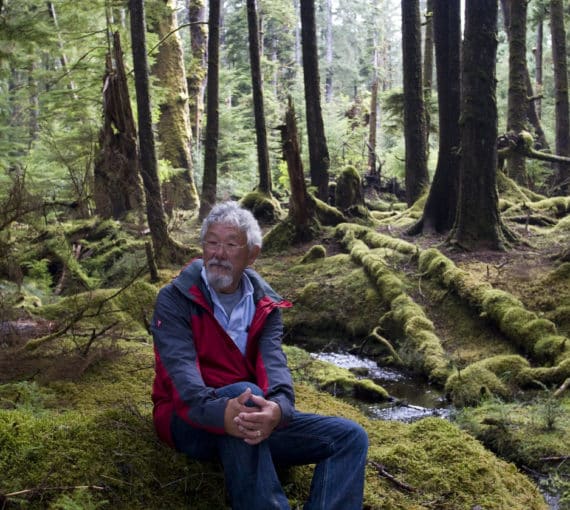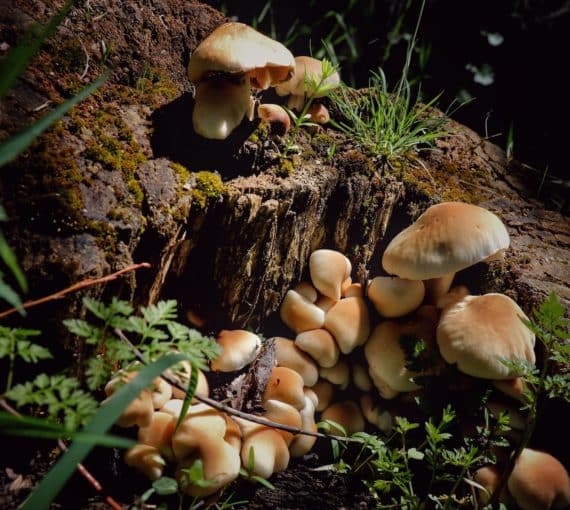
As with much of human activity, we’ve exploited and polluted the oceans without really understanding them. We know more about the moon and Mars than what lies beneath the seas.
As with much of human activity, we’ve exploited and polluted the oceans without really understanding them. We know more about the moon and Mars than what lies beneath the seas.
We do know, however, that oceans provide oxygen and that they absorb carbon dioxide, making them critical to slowing climate disruption. They account for almost all living space on the planet, and provide much of the world’s food.
Because countries are only responsible for ocean territories within a designated distance from their coastlines, the almost two-thirds of ocean area that make up the high seas have pretty much been a free-for-all when it comes to activities like fishing, mining and transportation.
The UN High Seas Treaty is essential to realizing that goal for oceans, as it creates a legal framework to set up a network of marine protected areas and includes requirements for environmental impact assessments in areas beyond national jurisdictions.
That may soon change. On March 4, 193 nations agreed on a historic treaty to protect international waters. It comes in the wake of the December UN biodiversity conference (COP15) in Montreal. There, countries agreed to protect 30 per cent of lands and oceans by 2030. The UN High Seas Treaty is essential to realizing that goal for oceans, as it creates a legal framework to set up a network of marine protected areas and includes requirements for environmental impact assessments in areas beyond national jurisdictions.
As with the conferences of the parties on climate and biodiversity, the treaty establishes a new COP to ensure governments meet regularly and are accountable for ocean governance and biodiversity protection.
Although it’s been a long time coming, it will take a lot of work to realize its promise. The world has held 27 climate COPs since 1995 and we’re still behind in addressing that rapidly increasing crisis. And most countries have failed to uphold international agreements on high seas fishing.
Although it’s been a long time coming, it will take a lot of work to realize its promise.
The treaty aims at fairness between nations, covering, for example, equal access, shared benefits, capacity development and technology transfer for marine genetic resources — genetic material from marine sponges, krill, corals, seaweeds and bacteria, which “are attracting increasing scientific and commercial attention due to their potential use in medicines and cosmetics,” the Guardian reports.
But concerns have been raised that “bodies already responsible for regulating activities such as fisheries, shipping and deep-sea mining could continue to do so without having to carry out environmental impact assessments laid out by the treaty.”
Canada, which hosted the fifth International Marine Protected Areas Congress (IMPAC5) in February, has committed to protecting 25 per cent of its territorial waters by 2025 and 30 per cent by 2030, and to playing its part in ensuring protections extend to the high seas.
The federal government has effectively declared a moratorium on deep-sea mining and has set a goal to establish 10 new national marine conservation areas.
It’s also worked with the B.C. government and First Nations on a plan to establish a marine protected area network in the Great Bear Sea, which reaches from northern Vancouver Island to the Alaska border. It will be the world’s largest Indigenous-led, collaboratively developed MPA network.
The federal government is also working with Indigenous nations to establish a co-managed marine protected area, Tang.ɢwan — ḥačxswiqak — Tsig̱is, off the west coast of Vancouver Island, in which vast underwater mountain ranges and unique deepwater ecosystems will be protected from oil and gas activities, deep-sea mining, bottom trawl fishing and dumping.
Government is also supporting fisheries closures in the Gwaxdlala/Nalaxdlala Indigenous Protected and Conserved Area, established by Mamalilikulla First Nation. It will form part of the Great Bear network.
But even with the significant progress over the past few years, we can’t get complacent.
Most of Canada’s marine conservation areas will recognize the importance of reconciliation and Indigenous leadership.
We’re already seeing positive effects. After a court challenge by World Wildlife Fund Canada and the David Suzuki Foundation, represented by Ecojustice, ExxonMobil relinquished its oil and gas exploration permits on the B.C. coast in March. Canada has also agreed to phase out West Coast open-net pen fish farming.
These national and international agreements, plans and actions show what can be accomplished with Indigenous leadership and pressure and effort from the public, scientists and conservation organizations. But even with the significant progress over the past few years, we can’t get complacent. The world is finally waking up to the climate and biodiversity crises. Protecting the oceans is a major part of resolving them. It’s up to us all to make sure governments live up to their promises.
There’s no time to lose!



